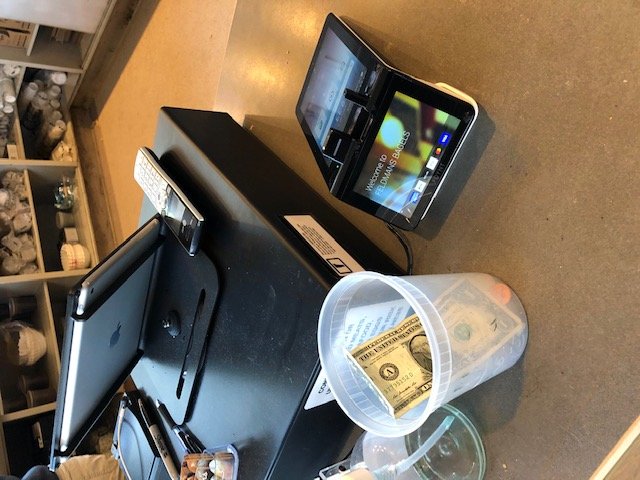To get the most out of your iPad point of sale, care must be taken when setting up the hardware and installing the system in your business. Pay attention to the networking! Your iPad POS will only be fast and reliable, if it is connected to a fast and reliable network. Networking means both the internet service coming into the building (it’s got to be fast and reliable) and the network connecting iPads and peripheral devices, like printers, card readers, scanners both to the internet and to each other (guess what? It too needs to be fast and reliable).
The Internet
Your iPad POS does not require super high-speed internet, but it does if you want it to work. Most systems have pretty low speed requirements. Our software, talech, only requires 3Mbps down/1.5Mbps up, your house has way faster internet than that. But if you want it to really work well in your business, you want much higher speeds, think more like 25-50Mbps down/5-10Mbps up. 5G data and cable internet providers will have these speeds available. Stay away from satellite, DSL, or line-of-sight. Speed requirements are per iPad, so if you have more than one register, server stations, handhelds, etc. Crank up the internet!
Test device and iPad speeds at speedtest.net
- minimum 3Mbps down / 1Mbps up
- best results 10Mbps down / 5Mbps up
With a ping test of 50ms or lower
| under 50ms | Great! |
| 50-100 | Acceptable |
| 100-150 | Poor |
| over 150 | Unusable |
The POS Network
If the network is lame, you will be yelling, “I’m not going to take this anymore.” Nothing drives you insane and kills a system more than an insufficient network. What kills the network? Cheap routers, shared IP address pools, spotty wi-fi coverage, congested wi-fi channels. The network is the central nervous system, the highway that connects all the devices that make up the system, iPads, printers, pin pads, displays together and allows them to talk to each other and send commands back and forth: “Print this check!” “Got it!” “Charge this card!” “Approved!” If the network is superfast, strong, and reliable, the pos will be as well. If the network is slow, weak, and unreliable, the pos…you get the picture.
Start with the router.
You must use a commercial-grade router. You cannot use the router that comes from your internet service provider. Typically, the router you get from the cable company is a router/modem combo. This means it manages both the internet coming into your business (modem) and the network of devices in your business (router). This is not good for your pos because if there is a problem with internet coming in, the combo will prioritize internet connectivity over network connectivity, this means your pos devices will stop talking to each other or talk slowly. And, if it’s the only network for your entire business, then the pos is sharing it with everyone else: office computers, employee devices, guest devices, whoever can grab the wi-fi password. Why is the iPad register lagging? Oh, I was just watching the Office on my phone in the break room, Dwight! So funny. You can avoid this type of conversation by using a separate router with a LAN only for the pos and with no other devices using it. Don’t plug anything else into the router, and you will have a dedicated IP address pool not shared with other networks and no outside devices cluttering up the network and slowing down the pos. A commercial grade router is best because it will be fast and powerful and provide an interface to set static IP address for your pos devices. The high-speed internet you got above is useless if the router is slow.
Choosing a router, speed + price.
Speed: Routers come with speed labels: 1200AC, 1900AC, 2600AC, 3000AC. Higher is faster. The average internet user at home is usually fine with 1200. For your business running your pos you want speed in the 2000s.
Price: A good commercial router will cost $200-$400. We usually use the Synology RT2600AC, typically you can get it on amazon, newegg, etc for $200-$300. Linksys and Netgear also have routers with similar speed and prices.
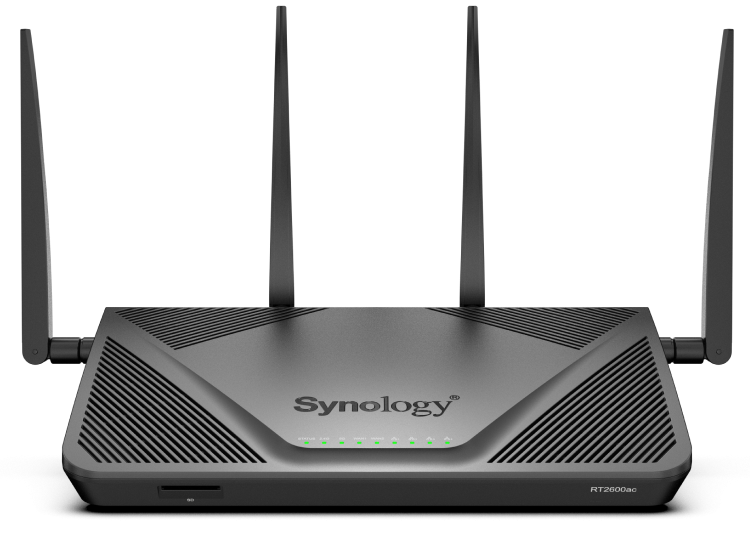
Synology RT2600AC - a great router choice for your iPad POS.
Completing the POS network.
Now that you've got a kickin' router and super-fast internet speed, what else do you need for your POS network?
Cabling
Don't cheap out on the cables! The cable is the last leg in the delivery of speed and data. Your internet speed and powerful router are wasted if the last leg to the device is a 10 year-old cable from your basement or ancient wiring in the walls from the 2000s.
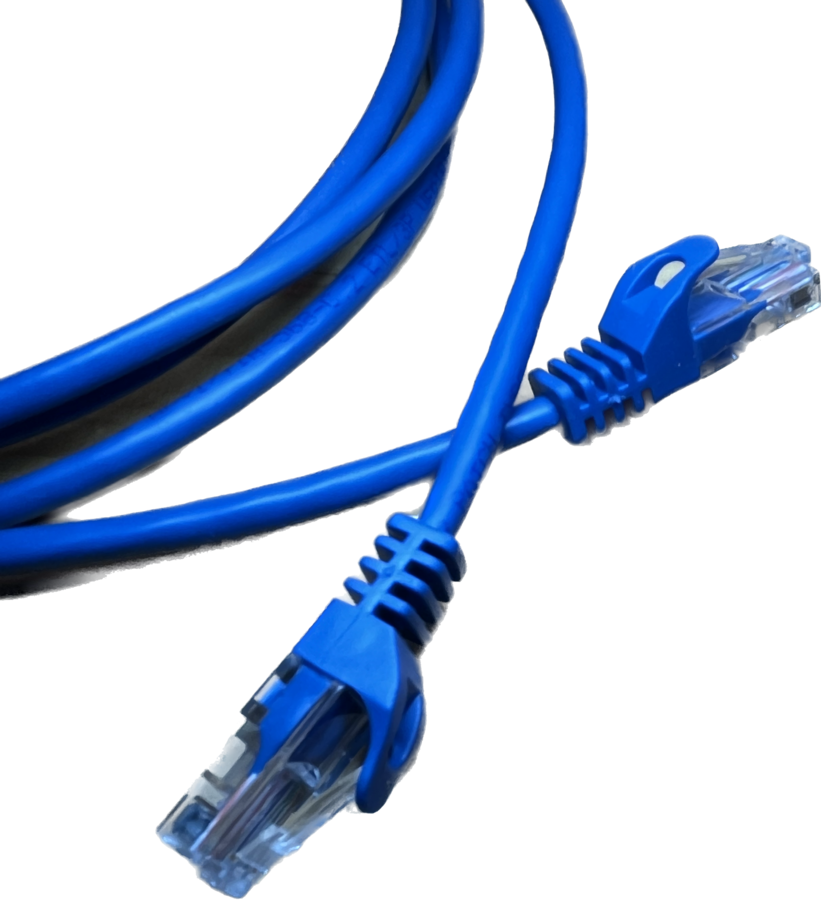
Any of your pos devices and peripherals that connect via a wired LAN ethernet connection should be connected using new, CAT5 or CAT6 ethernet cable. Using new, high-speed cabling in your installation will ensure fast and reliable communications between card readers, printers, and displays. Some pos peripherals require a LAN connection, some are faster and work better with a LAN connection, even your iPads can be connected via LAN (more on that later).
Ethernet Switches
Make it a homerun! All your cabling runs should be homeruns, straight back to the router.
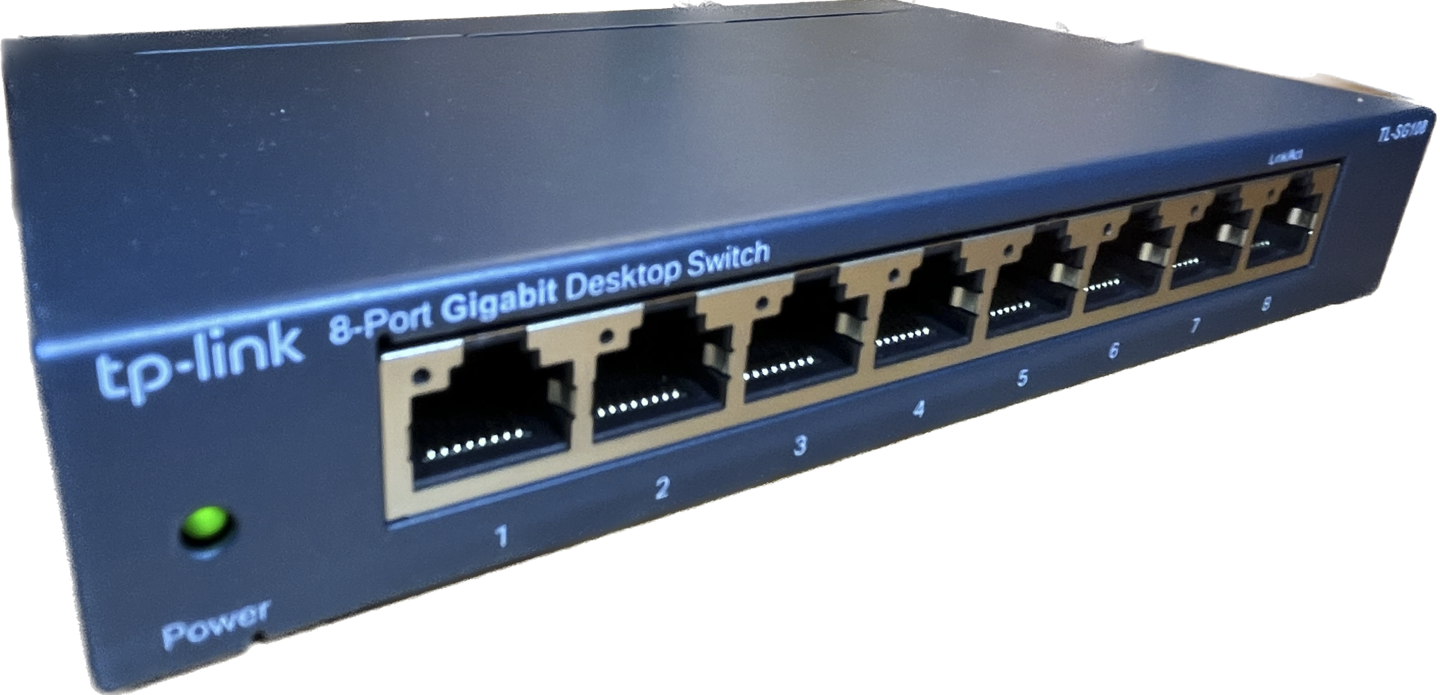
TP-Link 8 Port Switch.
If you don't have enough ports available directly on the router, connect an ethernet switch to add more ports. Similar to your router and your cabling, don't cheap out on the switch. Remember, the POS network will only be as fast as it's weakest link. Cheap plastic switches that cost $5.00-$10.00 with no lights on them - stay away. Good switches, like the TP-Link, are not that much more: $20-$30, and are much faster, have LED lights and a durable metal housing, not plastic.
Need more coverage for your Wi-Fi? Add Wireless Access Points.
Wireless access points extend the coverage of your wi-fi network. Access points can be wired connected to the network via ethernet or can connect to the network wirelessly via a mesh network.
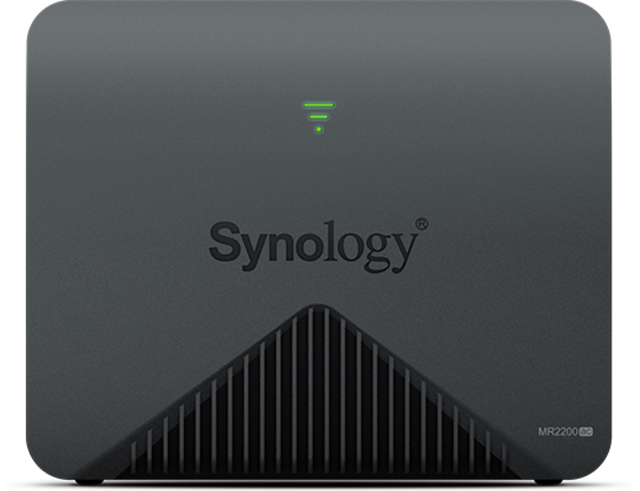
Synology MR2200AC Mesh Router.
If you are going to use handheld peripherals or iPads as mobile order takers, you must saturate the work area with Wi-Fi coverage. If iPad registers or stations are not wired to the LAN, place access points directly over them so they are bathed in signal.
POS Network Done! Now what?
Now that you're got your network supeer fast and reliable, you can move onto the fun part! Installing your iPad POS registers / stations and all the POS peripherals that go with: stands, printers, cash drawers, kitchen displays, customer facing displays,PIN pads, card readers, scales, and barcode scanners.
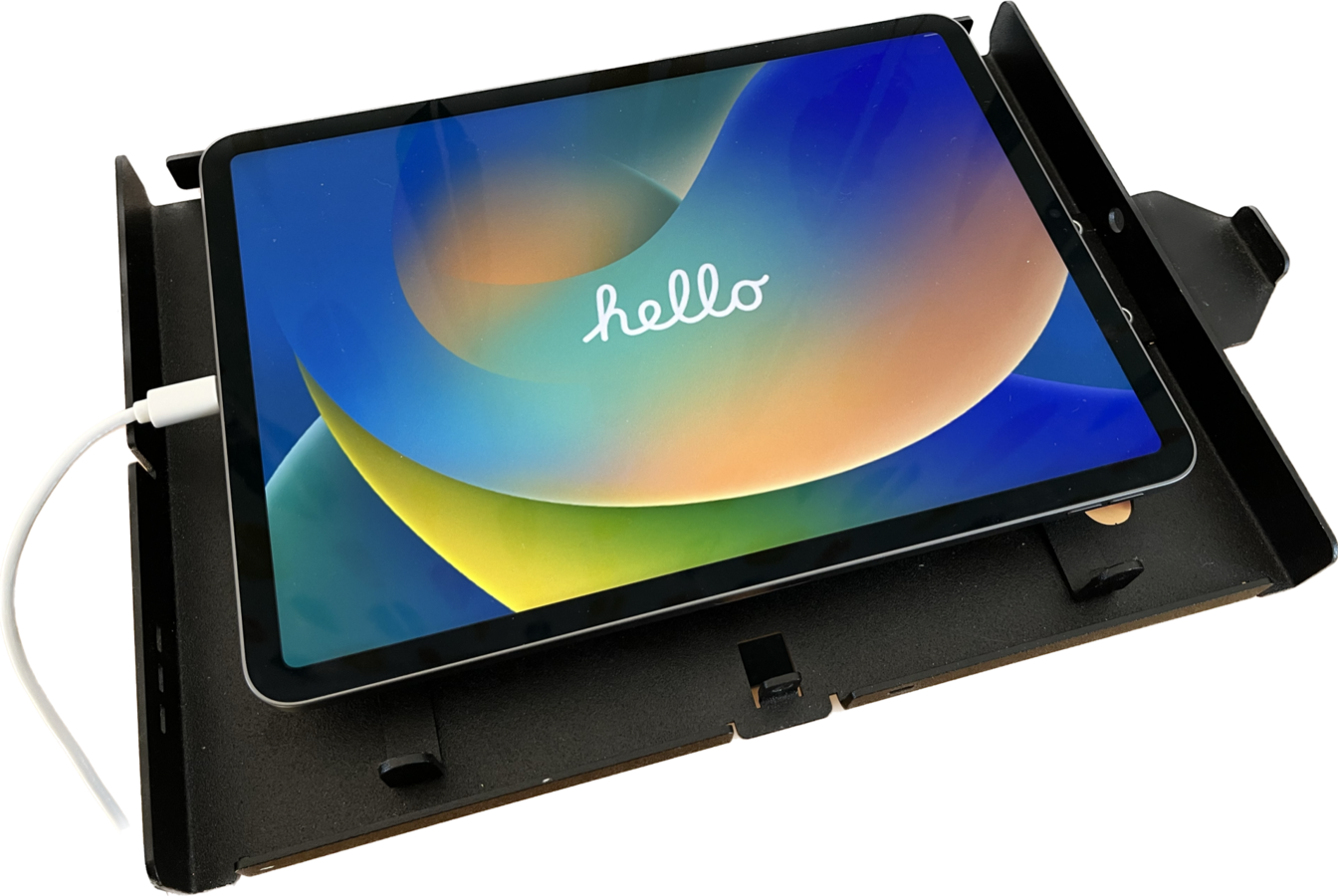
Unboxing iPad POS Part Deux: Hardware Installation (coming to a blog near you soon, this one actually).
Choose Burlington Bank Card for low rates, transparent pricing, professional service.
Choose interchange plus pricing or a compliant surcharging program to get the lowest possible processing costs. Access 24/7 support end-to-end encrypted payments and fast, secure funding on elavon's top-rated processing network with no contracts and no cancellation fees. All with personal service anytime you need it.

